Search Properties
Search Properties
Search Properties
French Alps
Spain
Morocco
Swiss Alps
Mallorca
Search Properties
The island of Mallorca alone accounts for 75% of the surface area of the Balearic archipelago, well ahead of Menorca, Ibiza and Formentera. Because of its Spanish seaside resorts and turquoise coves, it is easy to forget that the island is permanently inhabited by just under a million people. Mallorca is also home to quaint picturesque villages that are lively all year round. Simply great to stroll, learn, eat, and enjoy. From north to south and east to west, every corner of the island will infuse you with its diverse and authentic character.
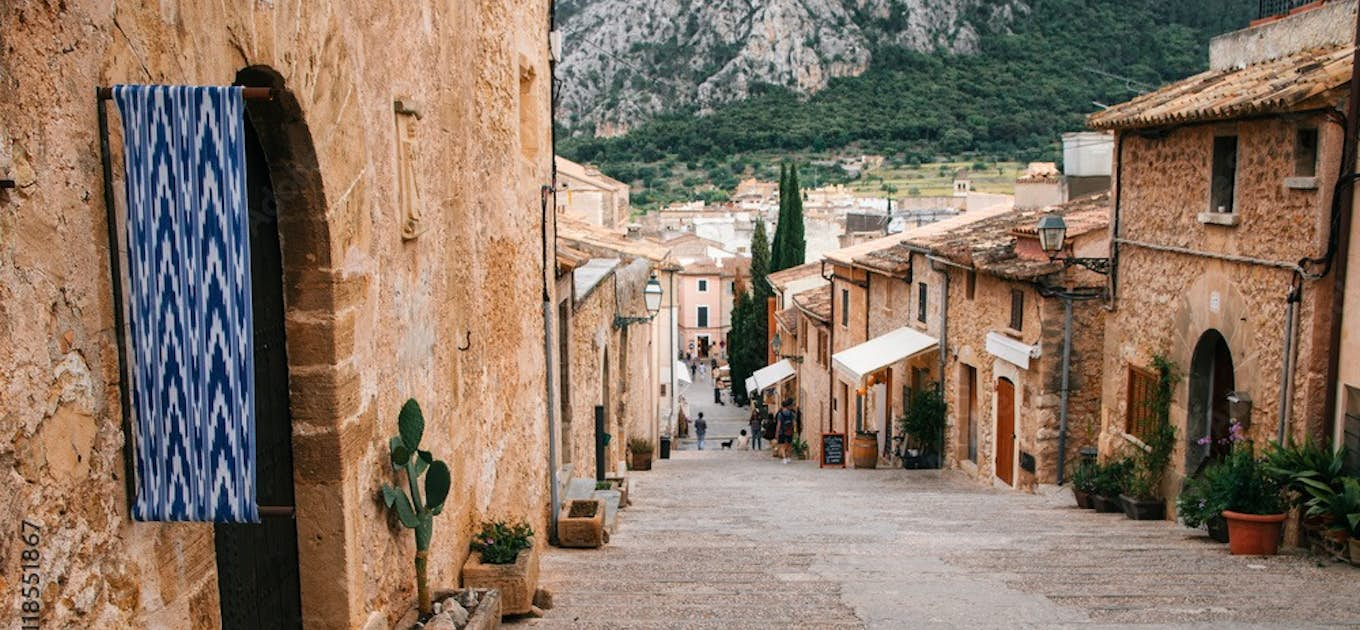
The capital of the Balearic Islands is both a beach resort and a major tourist attraction thanks to its rich cultural past where Roman, Byzantine and Moorish influences intermingle to deliver their architectural wonders to the eyes of passers-by. Strolling through the old town is a delight in itself. The cobbled streets of Palma de Mallorca lead to sumptuous palaces and religious buildings as well as lively cafes, bringing together past and present in true harmony.
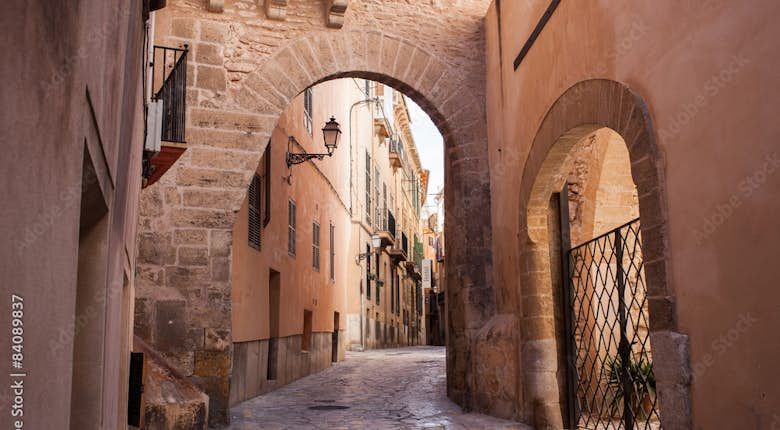
Palma de Mallorca
The Serra Tramuntana, a UNESCO World Heritage Site, is one of the most fabulous mountain ranges in Europe. It dazzles visitors with its rocky landscapes and natural variations around caves, cliffs, chasms and precipices. A natural paradise, also known as the dry stone route, can be walked north to south along the GR221. You will find a few hiking trails in Europe that can compete with this. The GR221 can be divided into several stages to take the time to stop at the most beautiful villages in the Serra de Tramuntana.
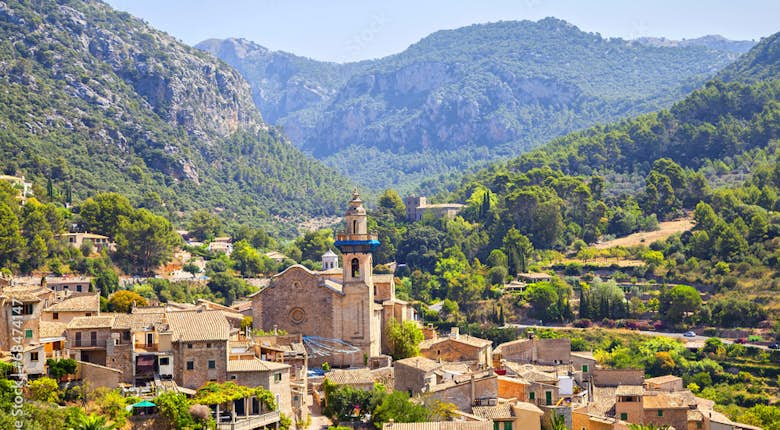
Serra de Tramuntana
The village of Sóller and its harbour is located in a valley of orange, lemon and olive trees, 3 km away. Particularly isolated but also particularly popular, Sóller is considered by its inhabitants to be an island within an island and the ideal starting point for discovering the charming sites and villages that populate the valley of orange trees. But first of all, take some time to visit this village, which deserves more than any other, whether to enjoy a coffee on the terrace of the beautiful Plaça de Sa Constitutió, which is particularly lively on market days, or to take the great century-old tramway that will take you smoothly to the port, which is as picturesque as it is charming. Everything here is reminiscent of the Mallorcan way of life.
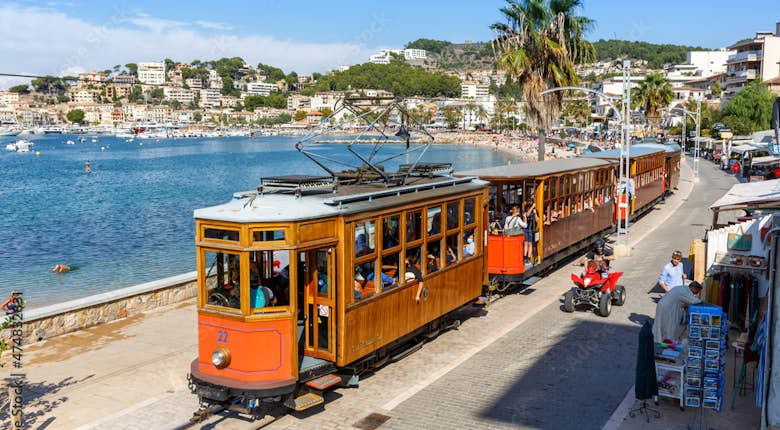
Sóller
Hikers and cyclists will find Andratx the perfect place to indulge in their favourite activities. This small town and its port, located in the extreme southwest of the island, offer charming little coves and a rich and varied mountainous landscape that encourage the practice of water sports and hiking and cycling. Numerous routes start in Andratx, such as the Corniche route, which leads to Cape Formentor and offers superb views of the sea and the mountains.
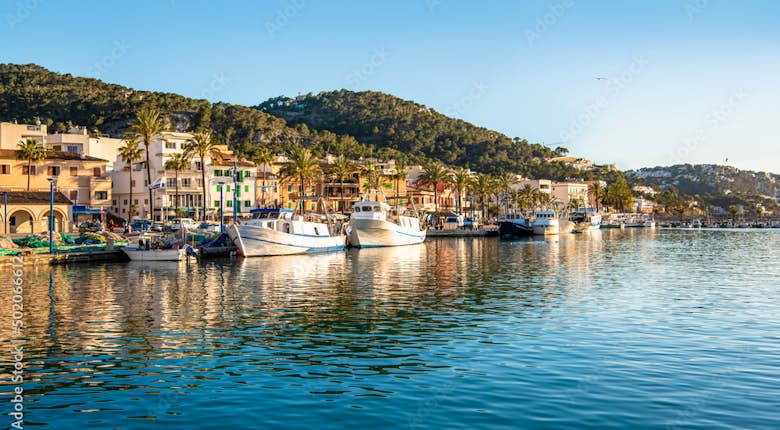
Andratx
Art continues to be a significant attraction in Pollença, a village that has attracted many painters and writers since the beginning of the 20th century. Also known for its crafts and numerous religious buildings, Pollença is full of sites and places of interest worth a visit. And among these sites is the mysterious Roman Bridge. Historians struggle to agree on its origins, Roman for some, medieval for others. It is up to you to make up your mind about it, especially as it is the starting point for the pilgrimage to the monastery of Lluc, considered the spiritual centre of Mallorca. People come from all over the island to soak up the serene atmosphere of the basilica and admire the few traces of Gaudí's work.
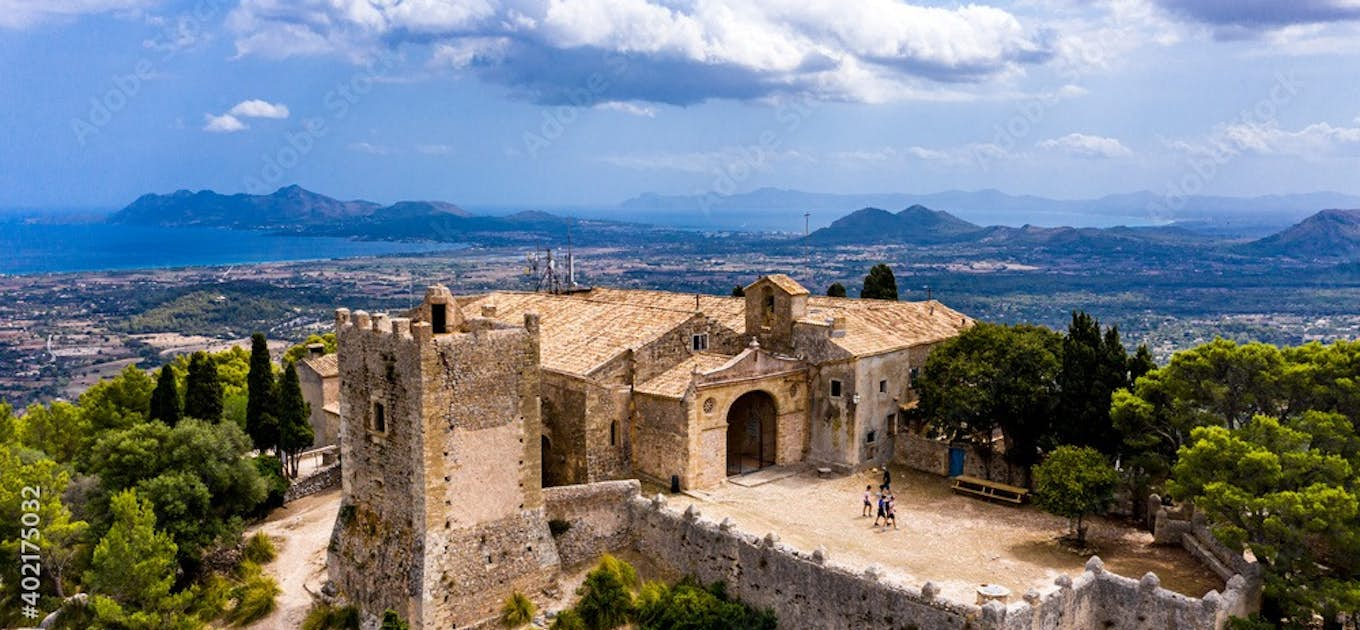
Pollensa
A typical village in western Mallorca, Valldemossa is a little jewel surrounded by lush landscapes. It will charm you with its steep streets and golden buildings as its history and the characters who have illustrated it. Valldemossa is the birthplace of Santa Catalina Thomàs, a saint born in the 16th century. The village inhabitants still worship her, as shown by the ceramic tiles illustrating her life that adorn the façades of the houses. But the greatest pride of the villagers is hidden in the Cartoixa (or Cartuja) monastery. In this former monastery, which stands proudly in the centre of the village, Frederic Chopin and George Sand lived in 1938. Their apartment is now open to visitors, as is the rest of the monastery. You can admire letters and scores from their life in this Mallorcan village and, above all, the piano that inspired some of the composer's preludes.
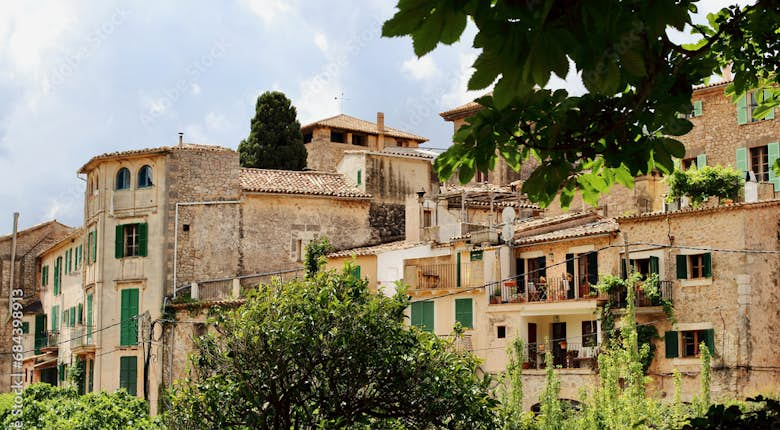
Valldemosa
Through the Puerta de Mallorca, an imposing mediaeval gate, the old town of Alcudia welcomes visitors from Palma de Mallorca. From that moment on, the tone is set, as the former capital of the island has nothing left to offer passers-by but the remains of its former stately homes, ramparts, churches and chapels in the Baroque style. A walk along the ramparts is a delightful experience not to be missed. You will be carried away by the city's atmosphere and enjoy strolling through its cobbled streets.
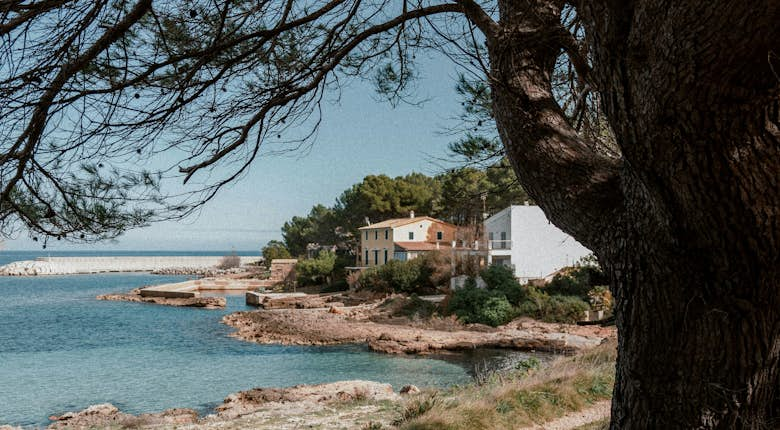
Alcúdia
Considered the capital of the leather industry, particularly footwear, the third-largest city on the island attracts many tourists who are happy to shop there. The perfect day to visit Inca is Thursday, market day. This is one of the most critical markets in Mallorca, and you will find many handicrafts and the usual seasonal fruit and vegetables. You can then take the Calle Mayor, the town's main shopping street, and wander through the streets of Comerç or Jaume Armengol in search of an authentic souvenir of your visit and stay in Inca.
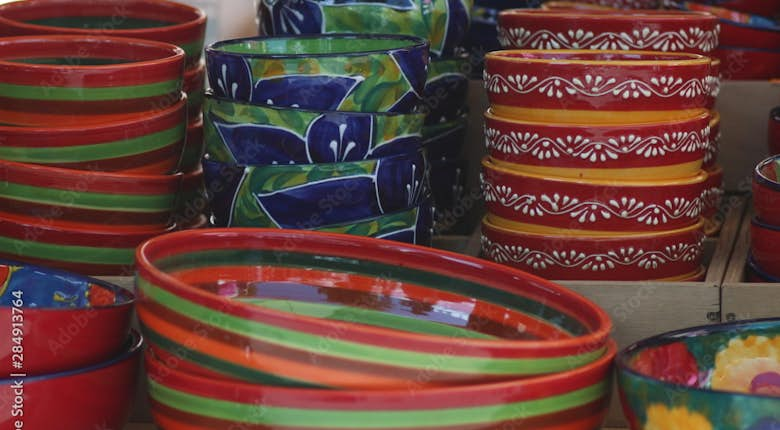
Inca
An agricultural town, a mediaeval village, but also a typical Mallorcan village, Artà thrives on authenticity and does not need glitz and glamour. Here you can walk in the shade of the trees along the main street, where one of Mallorca's significant markets is held every Tuesday. You can contemplate the stately homes that have been transformed into charming hotels, shops or museums, such as Can Cardaix, the city's main cultural attraction. You can enjoy the freshness of the gardens while admiring the mediaeval fortress of Sant Salvador and its oratory, which stands proudly at the top of the hill. And you can appreciate all the richness, characteristics and subtleties of this little corner of paradise, which seems to have emerged straight from the Middle Ages.
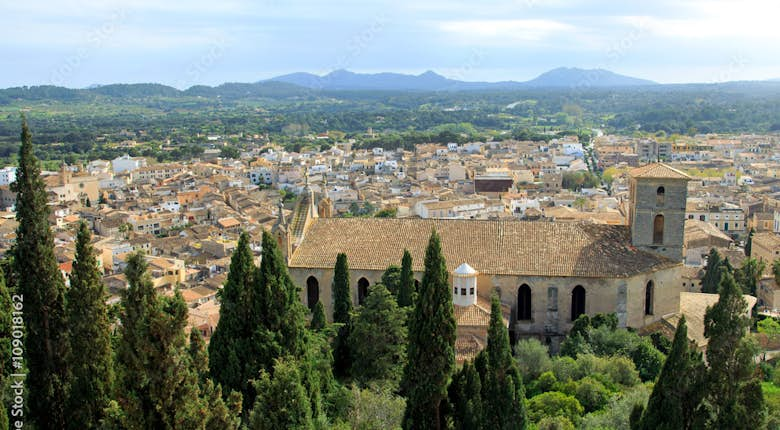
Artà
If you are looking for the port of Manacor, you will find it best known by the religious name of Port of Christ. This name had followed it since 1260 when survivors of a shipwreck offered relics to the locals in gratitude for their help. Now a popular seaside resort, Porto Cristo remains, above all, an important place of passage for its proximity to numerous caves, including the incredible Coves del Drach (Dragon's Cave) and the Coves dels Hams (Harpoons Cave).
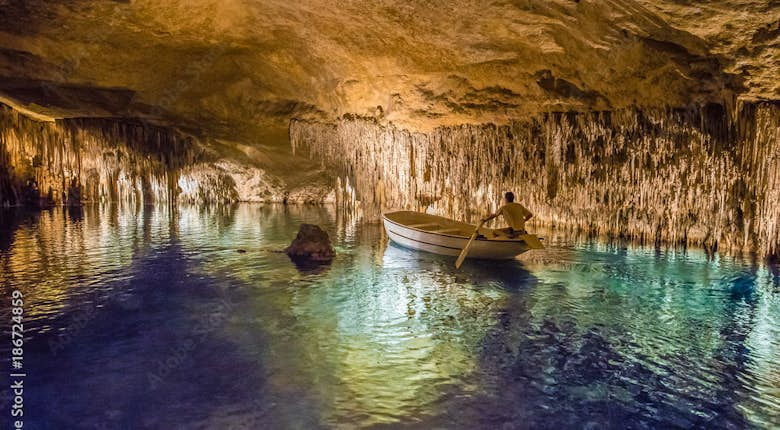
Porto Cristo
NEWSLETTER
Stay up to date
Sign upSearch for results in progress...
No results found